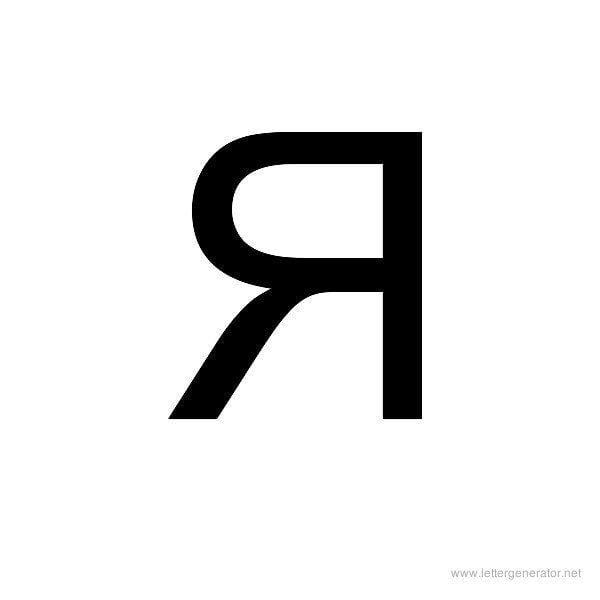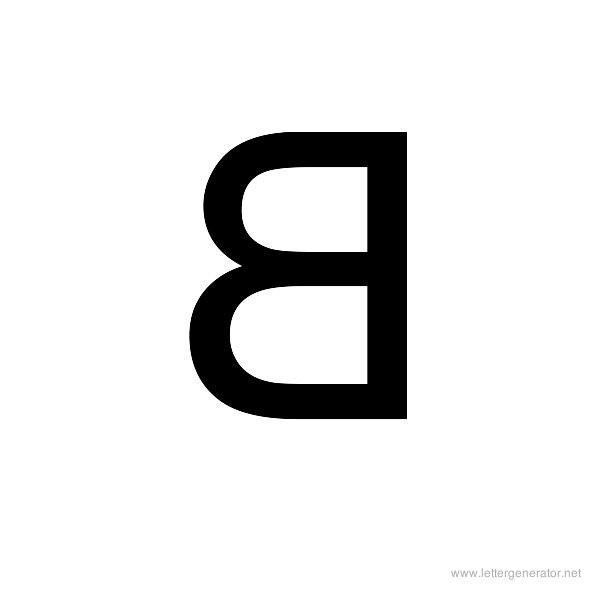

And then there are refractions - when light changes as it passes through transparent or semi-transparent objects, like glass or water. Or light may reflect from one object to another, such as when we see the images of one object reflected in the surface of another. Light may be blocked by some objects, creating shadows. In the real-world, the 3D objects we see are illuminated by light sources, and photons can bounce from one object to another before reaching the viewer’s eyes. This is why modern, graphically rich computer games rely on powerful GPUs. A depth or “z-buffer” is also used to store pixel depth information to ensure front-most objects at a pixel’s x-y screen location are displayed on-screen, and objects behind the front-most object remain hidden. And each frame, or image, displayed on a screen is typically refreshed 30 to 90 times each second on the display.Īdditionally, memory buffers, a bit of temporary space set aside to speed things along, are used to render upcoming frames in advance before they’re displayed on screen. There can be millions of polygons used for all the object models in a scene, and roughly 8 million pixels in a 4K display. Each pixel can be assigned an initial color value from the data stored in the triangle vertices.įurther pixel processing or “shading,” including changing pixel color based on how lights in the scene hit the pixel, and applying one or more textures to the pixel, combine to generate the final color applied to a pixel. A lot of information is associated with each vertex, including its position in space, as well as information about color, texture and its “normal,” which is used to determine the way the surface of an object is facing.Ĭomputers then convert the triangles of the 3D models into pixels, or dots, on a 2D screen. In this virtual mesh, the corners of each triangle - known as vertices - intersect with the vertices of other triangles of different sizes and shapes. With rasterization, objects on the screen are created from a mesh of virtual triangles, or polygons, that create 3D models of objects. And, the results have gotten very good, even if it’s still not always as good as what ray tracing can do.


Real-time computer graphics have long used a technique called “rasterization” to display three-dimensional objects on a two-dimensional screen. If you’ve been to the movies lately, you’ve seen ray tracing in action. As a result, most real-time graphics rely on another technique, rasterization. Video games have only a fraction of a second.
#Backwards e blogo Offline#
Moviemakers can take as long as they like to render a single frame, so they do it offline in render farms. Historically, though, computer hardware hasn’t been fast enough to use these techniques in real time, such as in video games. Now turn that around and follow the path of those beams backwards from your eye to the objects that light interacts with. The objects you’re seeing are illuminated by beams of light. The easiest way to think of ray tracing is to look around you, right now. Live-action movies blend computer-generated effects and images captured in the real world seamlessly, while animated feature films cloak digitally generated scenes in light and shadow as expressive as anything shot by a cameraman. Ray tracing produces images that can be indistinguishable from those captured by a camera. It makes the fire, smoke and explosions of war films look real. Getting these right makes starfighters in sci-fi epics scream. Think realistic reflections, refractions and shadows. Ray tracing is the technique modern movies rely on to generate or enhance special effects. There may not be many people outside of computer graphics who know what ray tracing is, but there are very few people on the planet who haven’t seen it. What is ray tracing? Just go to your nearest multiplex, plunk down a twenty and pick up some popcorn.


 0 kommentar(er)
0 kommentar(er)
